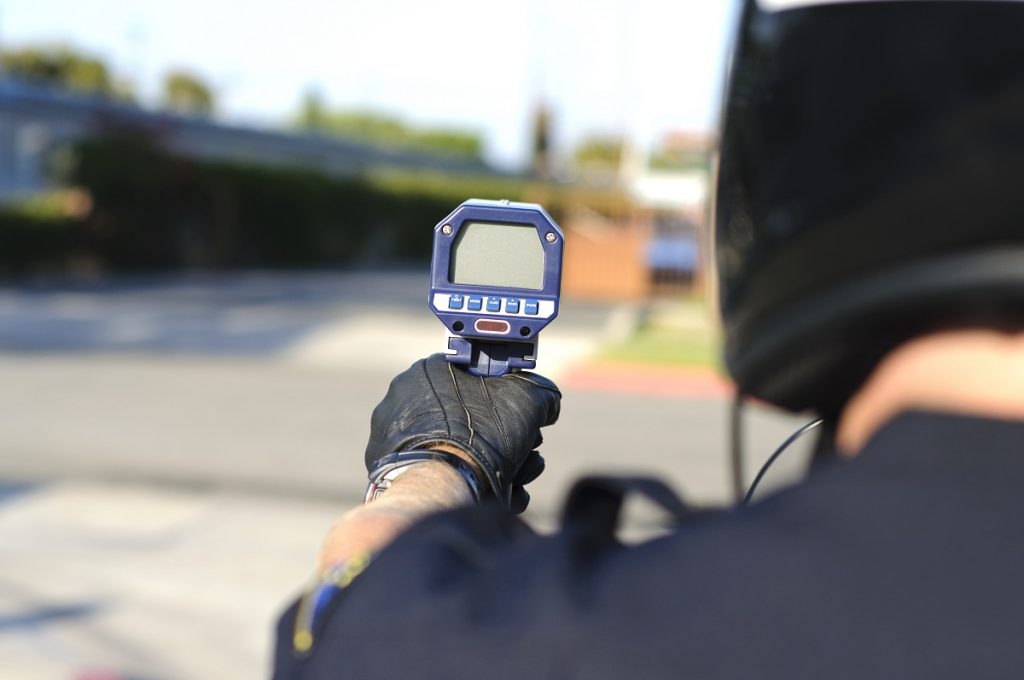The most common speed measuring devices used by law enforcement officers are radar speed guns. RADAR {radio detection and ranging} speed guns work through the transmission of electromagnetic energy as waves which are then measured on the gun to give a vehicle’s speed. The guns are operated in constant-on and RF-hold modes. Officers can use the constant-on mode in a camouflaged place where the gun will be pointed at a road rather than a specific vehicle. In RF-hold or instant-on radar, the gun is aimed at a particular car.
A speed radar gun operates on several types of frequency bands. These frequencies are designed to detect the electromagnetic waves. The gun hence primarily works like a fancy radio receiver which detects various ‘‘stations’’ or ‘’frequencies’’ which a police radar will operate on. The following are some of the frequency bands which the speed gun used by law enforcement officers will work on.
X Band
The radar waves in X bands are generally 8-12 GHz though most law enforcement radar guns work on 10.5 GHz. This frequency band is the oldest licensed law enforcement radar frequency. Though it is obsolete in most jurisdictions, it is still used in most rural areas. The primary advantage of the X band over new frequency bands is that poor weather conditions have little effect over it. It, unfortunately, needs large antennas and is mostly used on speed guns which are frustrating to use and bulky.
K Band
This comprises frequencies between 18 GHz-27 GHz though most police speed guns operate on 24.125 GHz-24.15 GHz. The K band operates at a lower power output, and higher frequency compared to the X band and is hence harder to detect on jamming devices over a long distance compared to the latter. Most radar sources including blind spot vehicle monitoring systems and automatic door openers, however, operate on the K band frequency. As such, there is a high risk of getting false positives on this band frequency.
Ka-Band

This is among the latest band frequencies for radar speed guns. It comprises waves between 33.4 GHz-36.0 GHz. Though slightly complicated to operate, Ka-bands feature at least five frequencies compared to the one or two on K and X bands. With its low power output and narrow beam pattern, the Ka-band is the hardest to detect at a long distance and is hence the least likely for drivers to jam. It also has minimal false alerts since law enforcement officers primarily use it.
Ku Band
Though not as popular in the US, the Ku band is the commonly used one in European countries. The radar speed guns which use the Ku band operate on frequencies of 12 GHz-18 GHz with most at 13.45 GHz. This frequency band is hard to detect jamming devices and rarely affected by false alarms.
Among the leading causes of road accidents nowadays is high speed. The right band frequency for the traffic speed gun in your jurisdiction will make a significant difference in your residents’ road safety. The speed guns can be installed as fixed mount radar systems or used as handheld radar systems to assess a driver’s speed.

